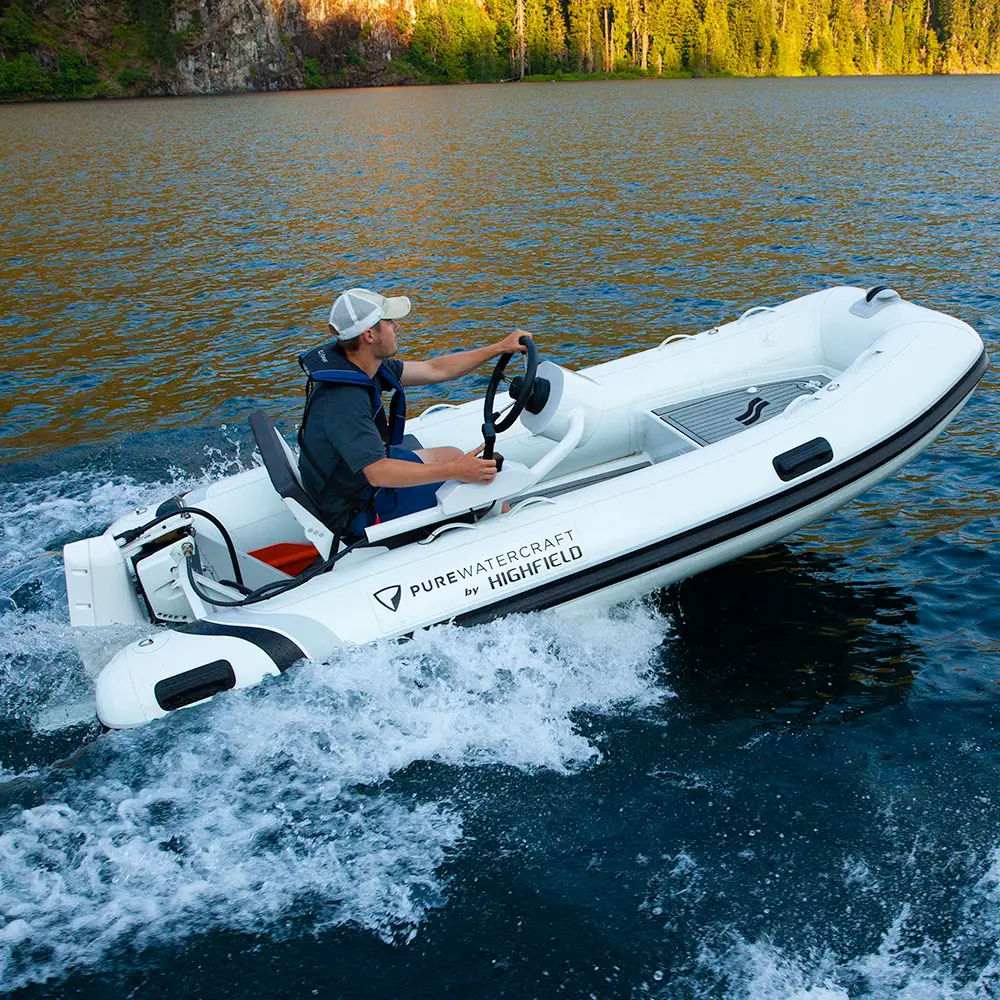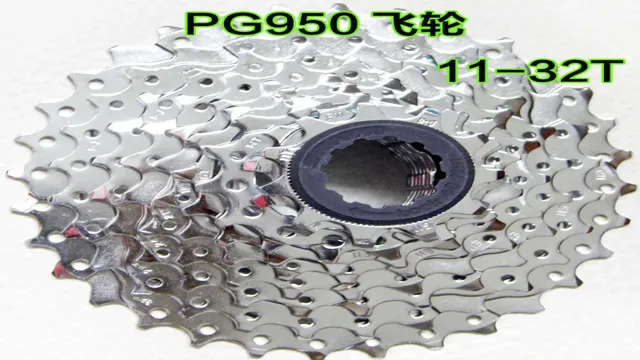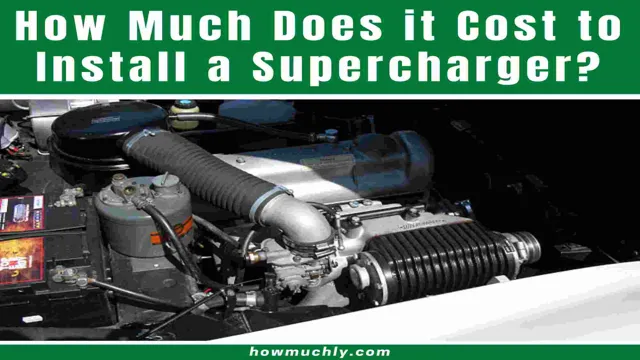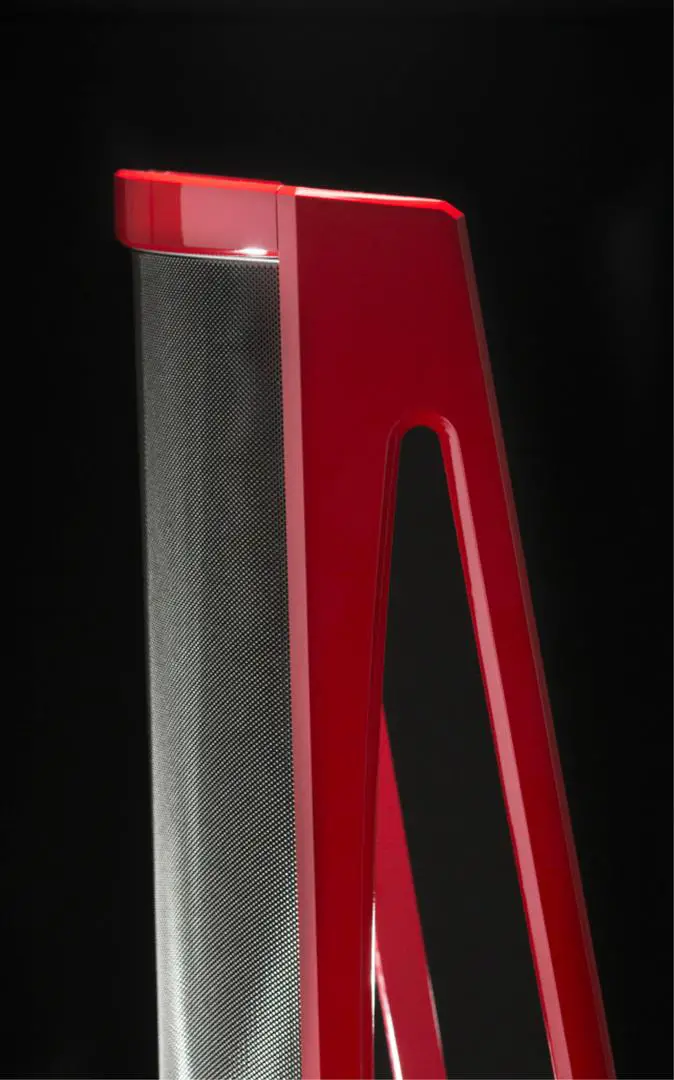Homemade Power Trim And Tilt: Transform Your Boat Experience
Having a power trim and tilt system on your boat can make your boating experience more convenient and enjoyable. However, purchasing a brand-new system can be expensive. Fortunately, you can build your own homemade power trim and tilt system for a fraction of the cost. In this guide, we will walk you through the process of creating a DIY power trim and tilt setup for your boat.
Understanding Power Trim and Tilt
Before we dive into the DIY process, let’s quickly go over what power trim and tilt actually is. A power trim and tilt system allows you to adjust the angle of your outboard motor, making it easier to navigate through different water conditions. It also makes it more convenient to launch and retrieve your boat from the water.

Credit: southernboating.com
DIY Power Trim and Tilt Components
Here are the basic components you will need to build your homemade power trim and tilt system:
| Component | Description |
|---|---|
| 12V Electric Hydraulic Pump | This will be the heart of your DIY power trim and tilt system. Look for a pump with enough capacity to handle the weight of your outboard motor. |
| Mounting Bracket | You will need a sturdy bracket to mount the hydraulic pump to your boat. |
| Hydraulic Hoses | These hoses will connect the pump to the hydraulic cylinder that will move your outboard motor. |
| Hydraulic Cylinder | Choose a cylinder that is compatible with your outboard motor and can provide the necessary range of motion. |
| Control Switch | You will need a switch to control the direction of the hydraulic pump to raise and lower your motor. |
| Wiring and Connectors | For connecting the control switch to the hydraulic pump. |
| Mounting Hardware | Screws, nuts, and bolts for securing the components to your boat. |
Building Your Homemade Power Trim and Tilt System
Now that you have gathered all the necessary components, it’s time to put everything together. Here’s a step-by-step guide to building your DIY power trim and tilt system:
- Mount the hydraulic pump to your boat using the mounting bracket. Make sure it is securely fastened and positioned for easy access.
- Connect the hydraulic hoses to the pump, ensuring a tight and leak-free seal.
- Mount the hydraulic cylinder to the outboard motor, following the manufacturer’s instructions.
- Connect the other ends of the hydraulic hoses to the hydraulic cylinder, again ensuring a tight seal.
- Wire the control switch to the hydraulic pump, following the wiring diagram that comes with the pump.
- Test the system to make sure everything is functioning properly. Make adjustments as needed.
Benefits of a Homemade Power Trim and Tilt System
Building your own power trim and tilt system for your boat can offer several advantages:
- Cost-Effective: You can save a significant amount of money by building your own system instead of purchasing a pre-made one.
- Customization: You can tailor the system to fit your specific boat and motor, ensuring a perfect fit.
- Satisfaction: There’s a sense of pride and satisfaction that comes with building and installing your own boating equipment.
- Learning Experience: Building a power trim and tilt system can be a great learning opportunity, allowing you to gain valuable knowledge and skills.
Final Thoughts
With some basic knowledge of hydraulic systems and a willingness to get your hands dirty, you can create a homemade power trim and tilt system that will enhance your boating experience. However, it’s essential to prioritize safety and quality in your DIY project. If you’re unsure about any aspect of the build, don’t hesitate to seek guidance from experts or professionals in the boating industry.
By following this guide, you can enjoy the benefits of a power trim and tilt system without breaking the bank. Happy boating!
Frequently Asked Questions Of Homemade Power Trim And Tilt: Transform Your Boat Experience
What Are The Benefits Of A Homemade Power Trim And Tilt?
Enjoy cost savings, customization, and the satisfaction of building it yourself.
How Can I Build A Homemade Power Trim And Tilt?
It requires basic mechanical skills, a few tools, and guidance from DIY resources.
Are Homemade Power Trim And Tilt Systems Safe To Use?
When built and installed correctly, they can be just as safe as commercial systems.
What Materials And Tools Do I Need For Building One?
Commonly used materials include hydraulic cylinders, pump, reservoir, and basic tools.






